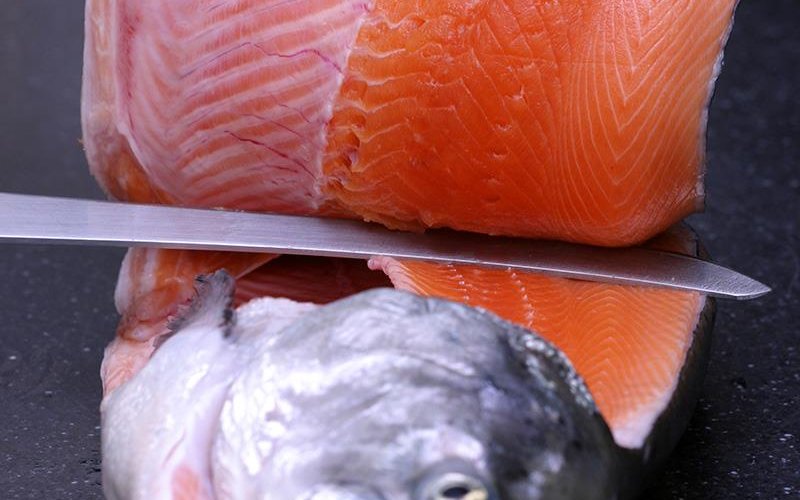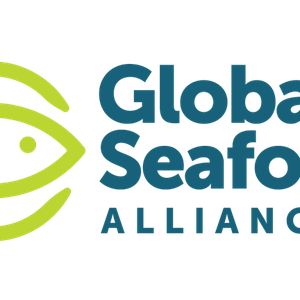BioMar hit a sustainability milestone with the adoption of microalgae omega-3s into feed diets, reaching one million tons of salmon feeds produced with microalgae AlgaPrime. Since marine ingredients are a finite resource and by including microalgae in aquaculture diets, the company aims to help stabilize the pressure on fish stocks.
“By including microalgae in aquaculture diets, we can bypass the wild fish stocks and go straight to the original source of essential omega-3s. This helps to relieve pressure on our oceans while ensuring that fish are getting the optimal nutrition required,” said Vidar Gundersen, global sustainability director, BioMar Group.
The innovation process began in 2013 and the first microalgae, AlgaPrime, in commercial salmon feeds was realized in 2016. The first movers were Kvarøy Fiskeoppdrett with Blue Circle and Whole Foods and Scottish Sea Farms with Marks & Spencer. Not long after Ventisqueros in their coho Silverside and Lerøy in their salmon adopted microalgae in their diets. These higher volumes help it achieve commercial viability and today, the inclusion of microalgae is becoming more common in BioMar salmon feeds.
“Bringing something novel to market required the support from the entire value chain. We found this among several salmon farmers and retailers that were willing to take a chance on microalgae and today’s success is owed to them all, and also to the numerous people in BioMar production sites that found solutions to some challenging technical issues that we experienced over the years,” said Paddy Campbell, VP Salmon Division, BioMar Group.
Microalgae is one of several novel ingredients in the BioMar innovation pipeline. With limited planetary resources, the need to decouple aquaculture feed supply chains from directly competing with food for human consumption will increase. BioMar recently announced an ambitious target of 50% circular and/or restorative ingredients in their aquaculture feed diets by 2030.













